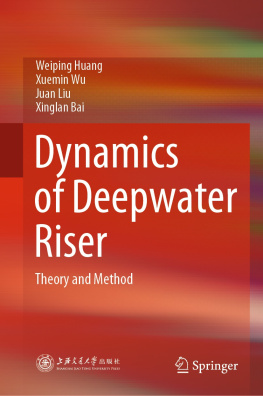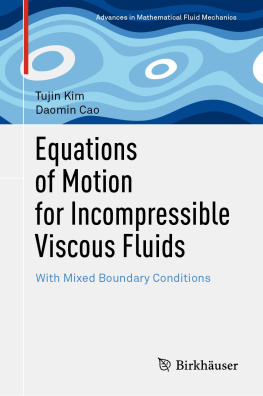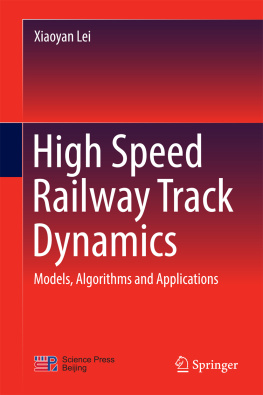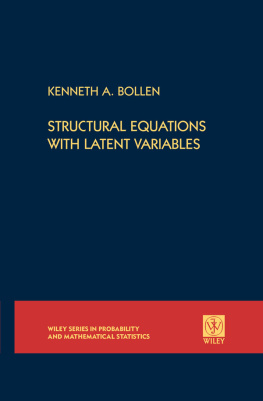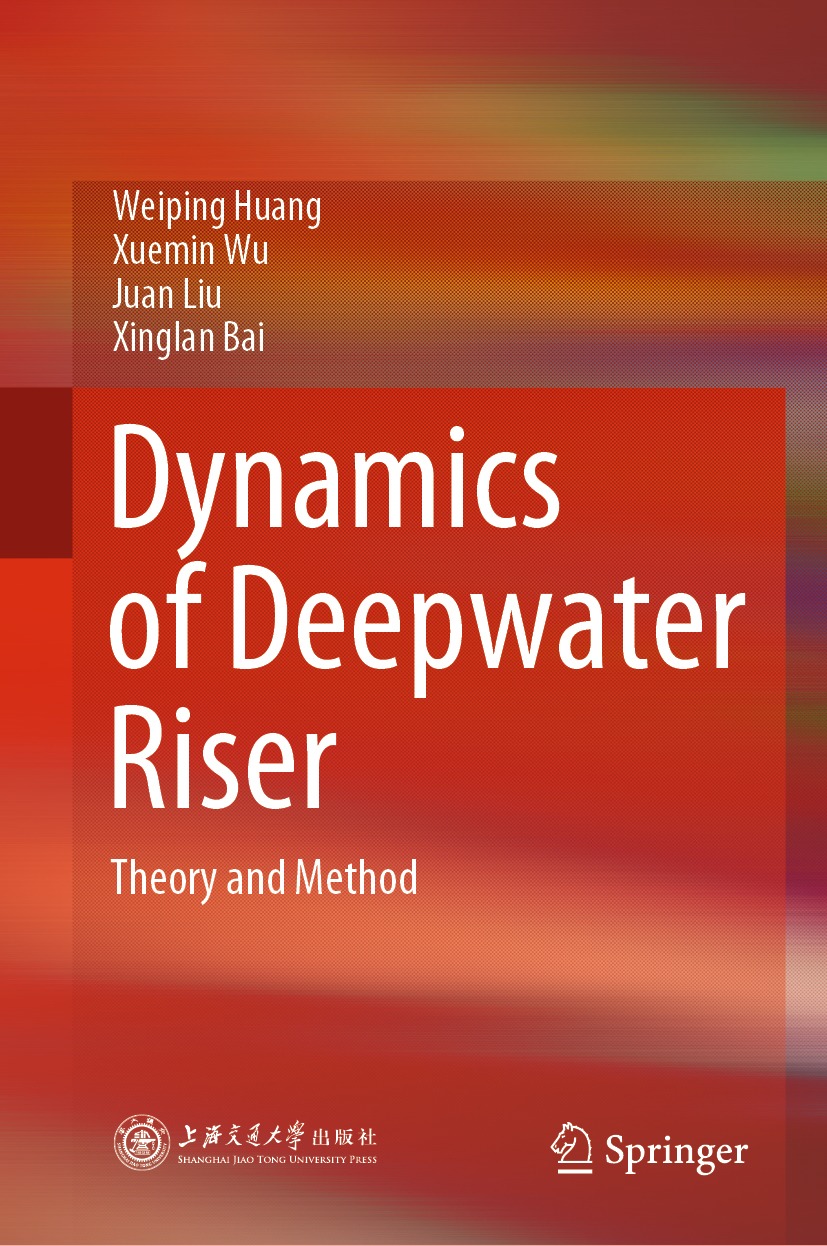Weiping Huang
Engineering College, Ocean University of China, Qingdao, Shandong, China
Xuemin Wu
Qingdao Agricultural University, Qingdao, Shandong, China
Juan Liu
Qingdao Agricultural University, Qingdao, Shandong, China
Xinglan Bai
School of Naval Architecture and Maritime, Zhejiang Ocean University, Zhoushan, Zhejiang, China
ISBN 978-981-16-2887-0 e-ISBN 978-981-16-2888-7
https://doi.org/10.1007/978-981-16-2888-7
Jointly published with Shanghai Jiao Tong University Press
The print edition is not for sale in China (Mainland). Customers from China (Mainland) please order the print book from: Shanghai Jiao Tong University Press.
Shanghai Jiao Tong University Press 2022
This work is subject to copyright. All rights are solely and exclusively licensed by the Publisher, whether the whole or part of the material is concerned, specifically the rights of translation, reprinting, reuse of illustrations, recitation, broadcasting, reproduction on microfilms or in any other physical way, and transmission or information storage and retrieval, electronic adaptation, computer software, or by similar or dissimilar methodology now known or hereafter developed.
The use of general descriptive names, registered names, trademarks, service marks, etc. in this publication does not imply, even in the absence of a specific statement, that such names are exempt from the relevant protective laws and regulations and therefore free for general use.
The publishers, the authors, and the editors are safe to assume that the advice and information in this book are believed to be true and accurate at the date of publication. Neither the publishers nor the authors or the editors give a warranty, express or implied, with respect to the material contained herein or for any errors or omissions that may have been made. The publishers remain neutral with regard to jurisdictional claims in published maps and institutional affiliations.
This Springer imprint is published by the registered company Springer Nature Singapore Pte Ltd.
The registered company address is: 152 Beach Road, #21-01/04 Gateway East, Singapore 189721, Singapore
Preface
Marine riser is a new type of the equipments for the deepwater oil & gas development and a structure with lager flexibility, of which the dynamic characteristic is different from the other marine structures. Besides, for the deepwater risers with different functions, their loads and boundary conditions for dynamic analysis are different due to different configuration. If the differences in the structure and function of deepwater riser are not known, it will be often confused when the different function risers are modeled for dynamic analysis. It will lead to a deviation on the parameters and boundary condition. So, the type, structure and characteristic of deepwater risers are introduced briefly in Chap. respectively in order to be referenced by the readers whose major is not Navel Architecture and Marine Engineering.
The emphasis contents discussed in detail in Chaps. include some of theories and methods for the dynamic analysis of the deepwater risers. The most of the viewpoints and methods are proposed in recent years and some of these are authors works of which some of the viewpoints, such as whether the effective or equivalent tension of a riser should be used to calculate the geometric stiffness of the riser and the effect of the flow velocity in a riser on the dynamic characteristic of the riser, are inconsistent with those accepted currently. Of course, the explanation on authors viewpoints is given based on the basic concepts of the mechanics and the physical phenomenon. And also, the contrary of the viewpoints to those accepted currently and the basic mechanics concepts or physical phenomenon are explained in detail. These are the most splendid parts of this book.
The most of the contents in this book are from the those of my postgraduates such as Chaofan Yang, Xintao Zhou and Kunhong Luo. Their brilliant works add luster to this book.
This book could be a reference for the engineering design of the deepwater risers and a reference book for the students majored in Navel Architecture and Marine Engineering.
Weiping Huang
Qingdao, China
October 2020

